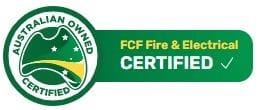Building Fire Safety Regulation In Schools
)
Building fire safety Regulation comprises of elements which include construction techniques, electrical and mechanical products, management practice and organised human response tailored to bring down the effect of fire upon the occupants, the building, its contents, the attending firefighters and any neighboring property.
In the context of building fire safety, fire impact is considered to be any risk to life and property caused by smoke or heat and may include undesirable environmental impact.
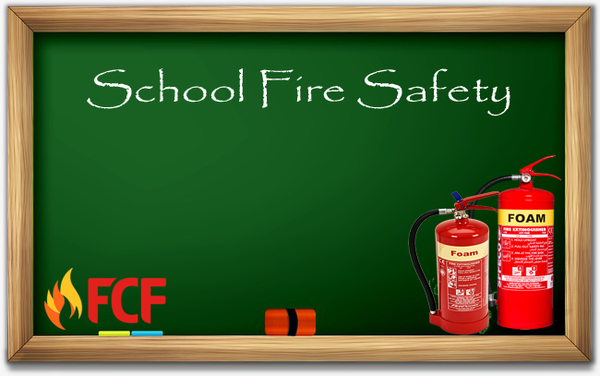
What Is The Building Fire Safety Regulation (BFSR)?
The Building Fire Safety Regulation 2008 was introduced after a review of the 1991 regulation identified several areas that required changes and improvements to ensure public safety.
The main objects of this regulation are:
- To ensure persons can evacuate buildings safely and quickly if a fire or hazardous materials emergency happens; and
- To ensure prescribed fire safety installations for buildings are maintained.
Schools must comply with the building regulations since they have legal obligation to ensure the safety of any person in the building in the event of a fire or other emergency.
Building work at all schools must comply with the building regulations and ensure they also comply with fire safety standards. The regulations apply to nursery schools, primary and secondary schools, academies, free schools, special schools and pupil referral units. Schools are required to undertake risk assessments in schools to identify the general fire precautions needed to safeguard the safety of occupants in case of fire, including their safe means of escape.
School Building Fire Safety Provisions:
Maintain prescribed Fire Safety Installations. Prescribed safety installations can include:
- Fire Extinguishers
- Fire Hydrant and Fire Hoses
- Fire Sprinkler systems
- Smoke alarms
- Exit and other signs
- Keep defined evacuation routes clear and safe
- Complete a Fire and Evacuation Plan (including evacuation diagrams) and review it annually
- Appoint and train an Evacuation Coordinator annually
- Have an evacuation practice at least annually
- Complete and lodge an occupier's statement annually
- Keep documentation and records
The regulation also includes additional requirements to maintain and store documentation and records to prove all of the requirements have been met. Records that must be kept include:
- Maintenance of prescribed Fire Safety Installations
- Copies of the Fire and Evacuation Plan and Diagrams and records of an annual review
- Records of training for the Evacuation Coordinator
- Records of the evacuation training and evacuation practice conducted
- Records of annual occupier statement
Schools are especially vulnerable because they house children, Thus all schools should have a comparable fire safety policy and procedure including the holding of drills and maintaining escape ways.

)
)
)
)
)
)
)
)
)
)
)
)
)
)
)
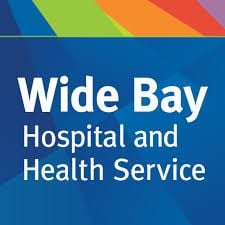)
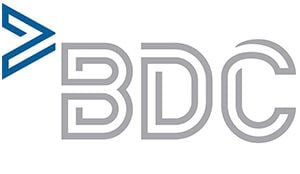)
)
)
)
)
)
)
)
)
)
)
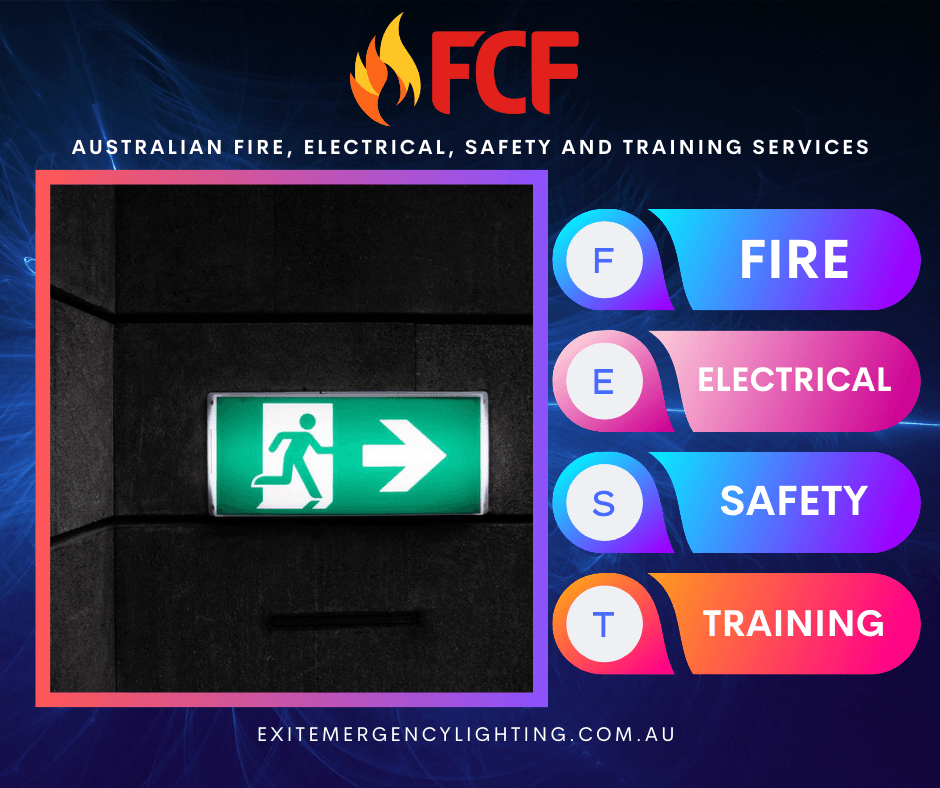)


